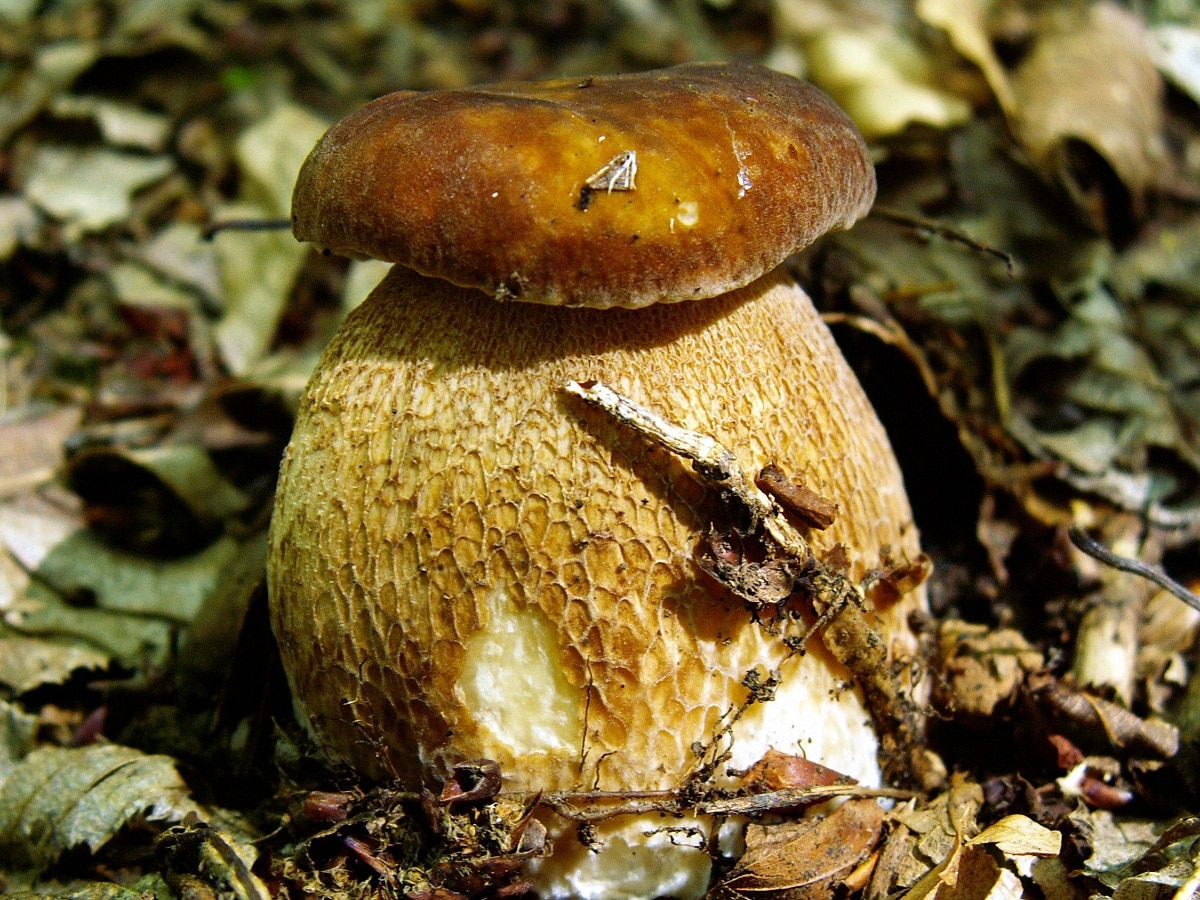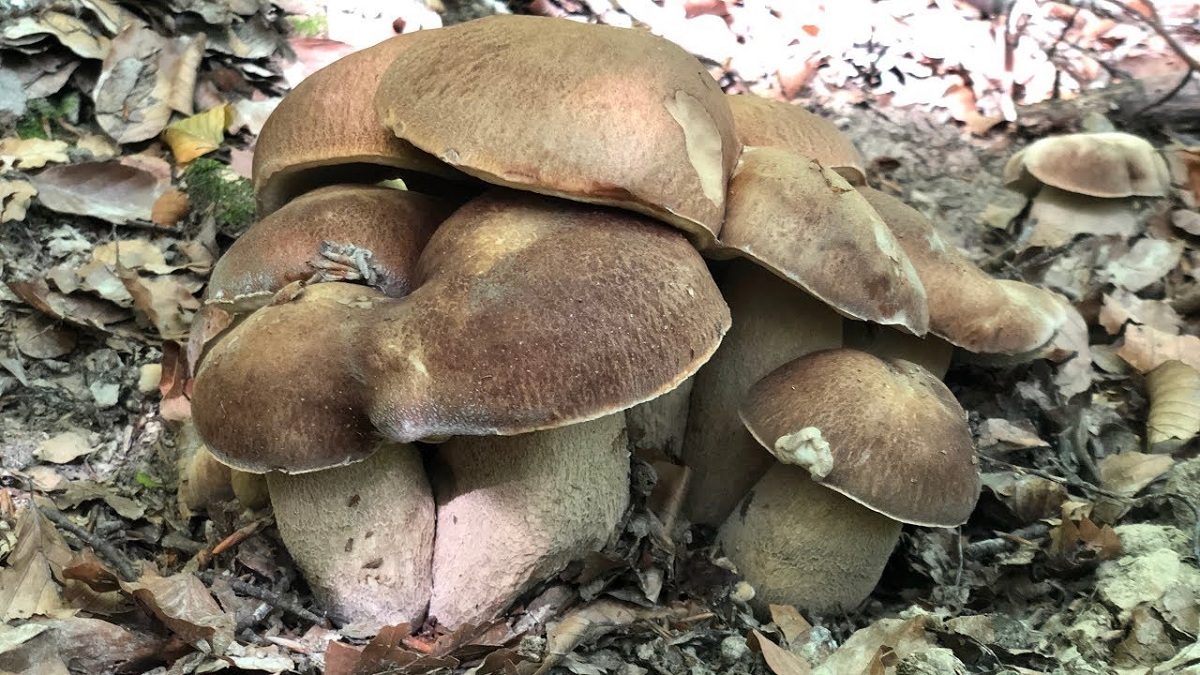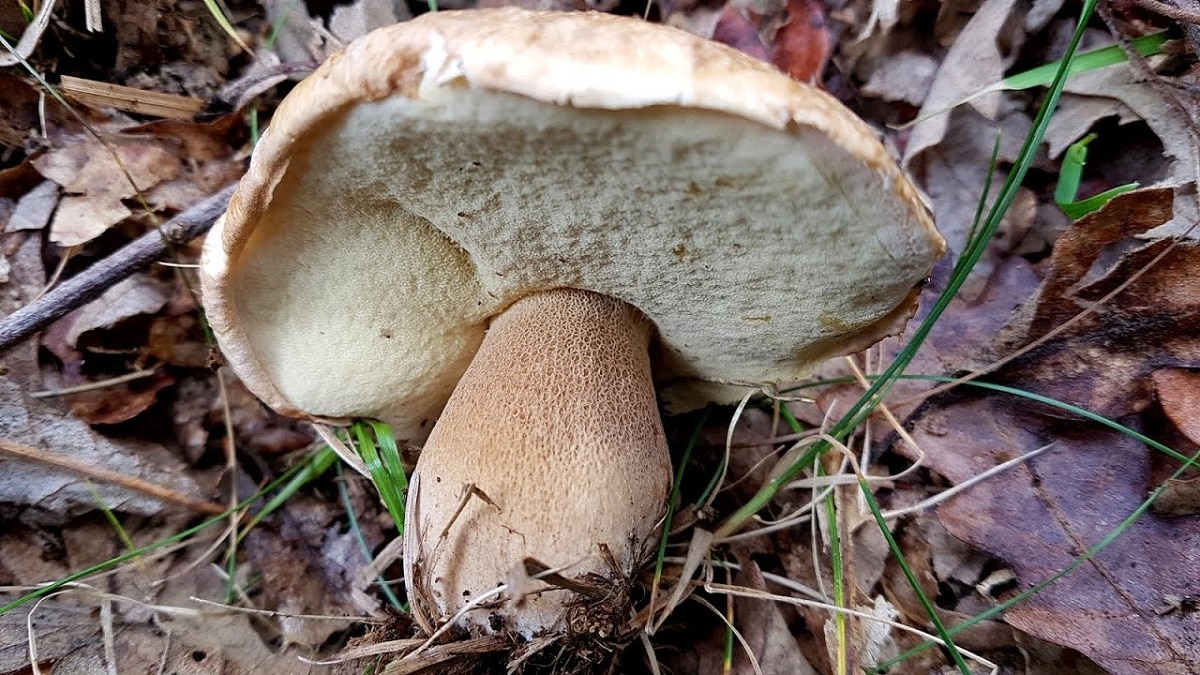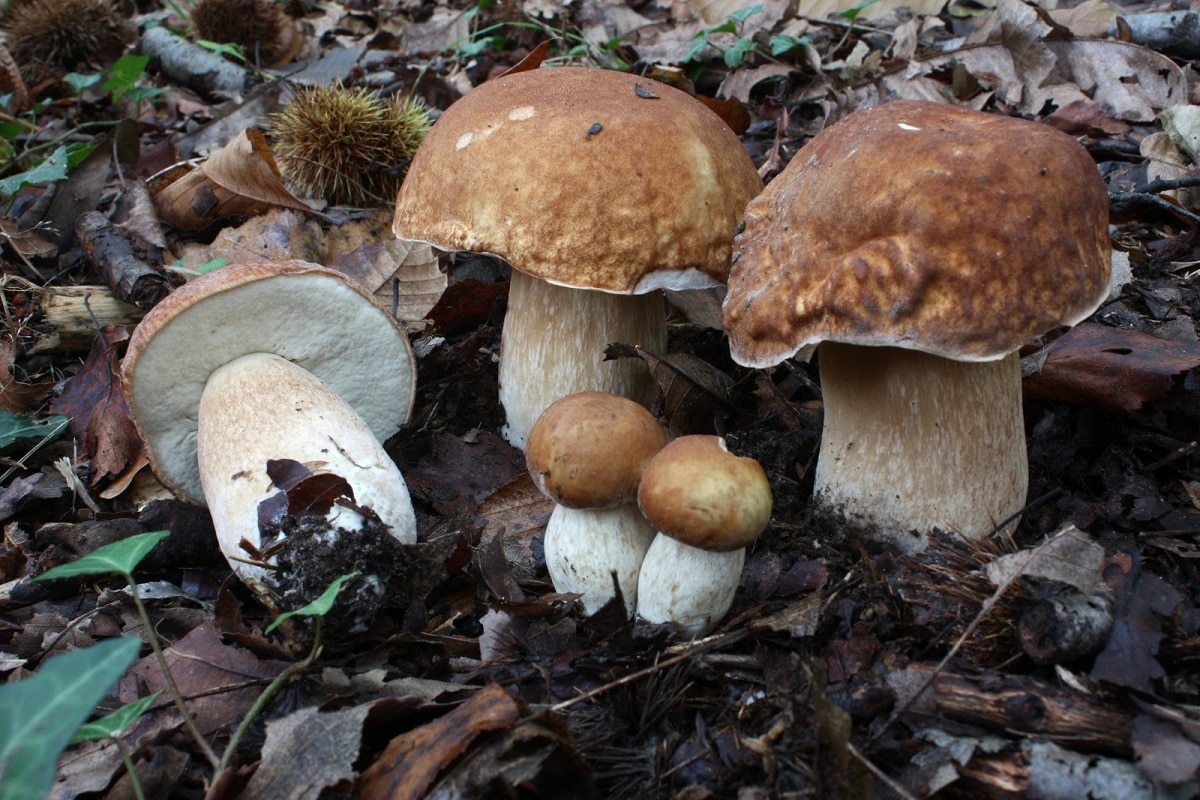
Today we are going to talk about a type of edible mushroom that has great quality from a gastronomic point of view. Its about Boletus reticulatus. It is one of the mushrooms belonging to the group of spring mushrooms that needs certain specified environmental conditions in order to develop. It is one of the most demanded, since its flavor and versatility to prepare dishes is high.
In this article we are going to tell you all the characteristics, ecology and confusions of the Boletus reticulatus.
Key features

Hat and foils
The hat of this type of mushroom can be large. There are specimens with a diameter of the hat of 25 cm. When they are young, these mushrooms have a hemispherical hat with the margin almost glued to the foot. As they develop and reach the mature stage, the hat becomes convex in shape. It has a light brownish hazelnut color and completely uniform throughout. The margin of the hat of the young specimens usually comes upturned towards the center and is excess. Unlike other species of the same genus, it has a fairly regular hat.
The pileic surface is variable and tends to be textured from smooth and glabrous to pubescent and felted. It has a texture as if it were a felt fabric. When environmental conditions reduce the ambient temperature and everything becomes drier we can see her skin cracking into regular patches. If we analyze well between the cracks of these small cracks we can see that the white meat protrudes inside.
Its blades are fairly long almost free tubes. Most of these sheets have a variable length that goes between 10-20 mm. They are perfectly separable slices from the meat. When they are young specimens they are white and, as they grow and they develop becoming yellowish sheets. It has circular poles of the same color as the plates and can be recognized since they do not blue when rubbed or cut. We already know that many species of the genus Boletus turn a blue color when they are pink or cut. It is a way to identify and separate all the species of this genus.
Pie and meat
As for the foot, they usually have a length of approximately 5-20 centimeters long and about 2-8 centimeters in diameter. They are usually thickened in the middle part and take the shape of a bolus. This shape is much more pronounced in younger specimens. In this way, we can classify this type of mushroom to increase the degree of edibility and to be better with the harvest.
The foot is covered with a regular mesh of reticules and these reticles are usually more appreciated in the upper part. It has a light brown color similar to that of the hat.
Finally, its meat is thick and white in color. Maintains this white color even under the cuticle. It only turns a yellowish color in the plane of union with the sheets by the same contact between them. The meat has a pleasant, slightly sweet smell and taste.
Habitat of the Boletus reticulatus

This type of mushroom belongs to the group of spring mushrooms. It usually appears at the end of this season and they remain until the end of the summer. For it, they need habitats that are characterized by having great foliage. Among these ecosystems we have oak, chestnut, beech and holm oaks. We can also find this type of specimen under conifers, among which the Pinea pine and fir trees.
Although it can develop in other types of soils, it prefers those siliceous soils. This type of soil allows it to have a correct development and a better flavor. We can find the Boletus reticulatus both in groups of several specimens and some scattered individuals. It is an excellent edible of comparable quality to Boletus edulis. However, with this species you have to be careful. And it is usually parasitized more frequently and with greater intensity by insect larvae. This makes it a complex task to find a specimen that is young and does not have numerous galleries inside made by these insects.
It can be said that, probably, the species of the genus Boletus has a more intense aroma and a more pleasant flavor. There are many people who consider that these aspects make them superior to other species of edible boletus.
Confusions of the Boletus reticulatus

Contrary to what happens with other species of edible mushrooms, the Boletus reticulatus it does not have any possible dangerous confusion. However, there are some difficulties in classifying and recognizing this type of mushroom with others belonging to the same genus. For example, it is difficult to identify with respect to Boletus edulis, Boletus pinophilus y boletus aereus. In order to know the characteristics of each of them well and to be able to differentiate them correctly, we are going to see what the main differences are:
- With regards to Boletus edulis we know that it has a darker cuticle and the edge is noticeably lighter. It becomes more viscous when the weather is wet. You can also differentiate between the foot having a white crosshairs on a cream background.
- El Boletus pinophilus It has garnet tones of a reddish color and something darker. It usually appears in pine forests and the cream-colored reticulum is located on the top of the foot.
- With regards to boletus aereus we know that it has a much darker cuticle and a foot of similar hues. The reticulum becomes much less evident than in Boletus reticulatus.
For many mycologists the taxonomic separation between these species is not very clear. This is because they hardly have differences at the macroscopic level. However, they start from microscopic differences between them. There are differences of an ecological nature that recommend to keep different categories of species separate.
As you can see, you need to know the characteristics of a mushroom well to get confused with its collection. I hope that with this information you can learn more about the Boletus reticulatus and its characteristics.